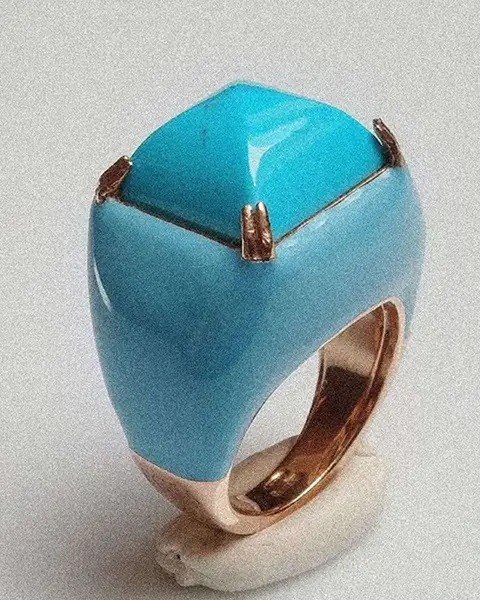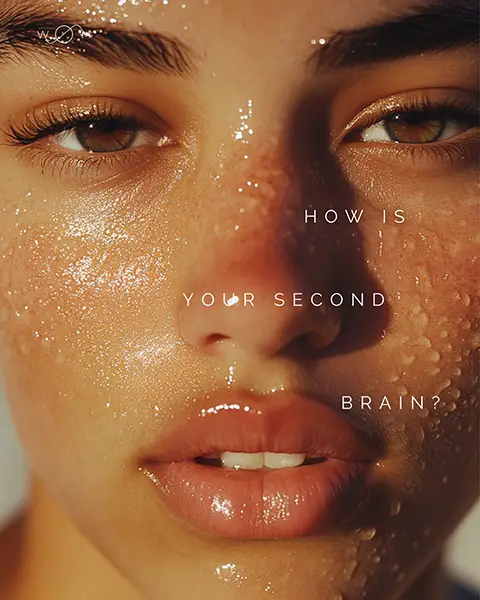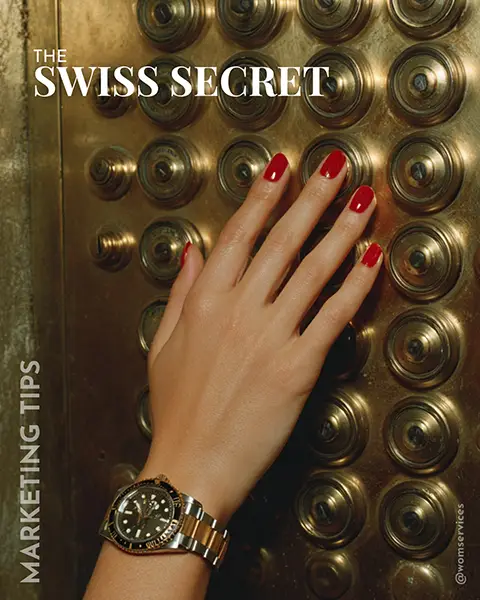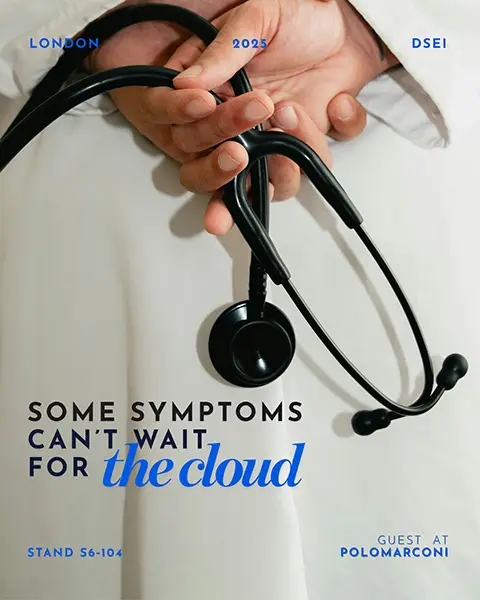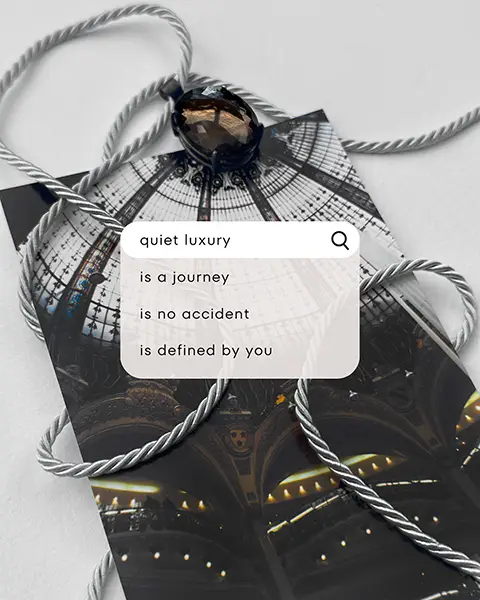Innovation Consulting services for Insight‑Led Brand and Product Growth
Insight‑driven innovation consulting agency for smarter brands, services and products.
WØM is an agency focused on consumer insight, product and services innovation, and brand strategy. We combine cutting-edge research tools, technology, and marketing frameworks to tackle complex questions around brands, marketing, communications, and new product launches. Bringing together brand strategists, AI experts, market researchers, concept creators, and cultural analysts, we equip brands, businesses, and agencies with the insights, ideas, and strategic direction they need to solve their toughest challenges and fuel growth.
get information
